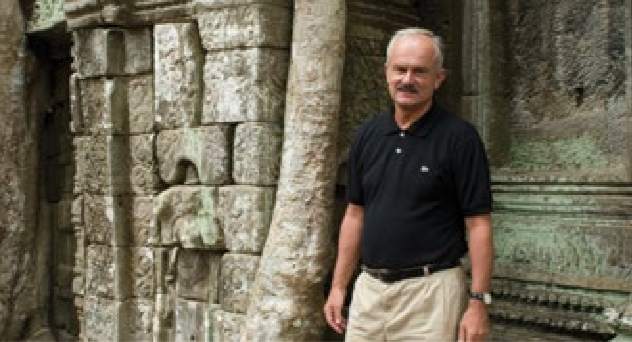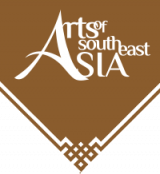The International Magazine of Arts and Antiques of Southeast Asia
Volume 1, Issue 1, March–April 2020.
Contents
Silver Plate
Index to Advertisers
Art of Vietnam
Editorial
Dear Reader, it is my great pleasure to draw your attention to this first issue of a new international art magazine:ARTS of SOUTHEAST ASIA

The mission of this bi-monthly art magazine is to provide an opportunity to discover the richness, diversity and splendour of South and Southeast Asian Art. This new art magazine will allow you to embark on a journey to the heart of long forgotten ancestral civilisations and cultures.
Arts of Southeast Asia is an invitation to extend your knowledge, and to explore the artistic and spiritual universes of lost kingdoms stretching back across several millennia.
The first issue of Arts of Southeast Asia is devoted to Cambodia, and in particular to Koh Ker, the old capital of the Khmer Empire in the first half of the 10th century. The site stretches across an area of more than 80 square kilometres, and contains the ruins of more than 40 temples, including the largest pyramid in Southeast Asia.
Koh Ker will be nominated as a candidate for World Heritage Site status this year. This special country edition offers you so much: a chance to discover the Pre-Angkorian Art of Koh Ker, the new archaeological discoveries of recent decades, the written heritage of Koh Ker, the splendour of Pre-Angkorian and Angkorian goldsmithing, the Koh Ker masterpieces that are held at the National Museum of the Kingdom of Cambodia, and art in silk, amongst other things.
The first edition of Arts of Southeast Asia is published in 20 000 copies with worldwide distribution for collectors, connoisseurs, dealers, auction houses, museums, societies, investors, cultural institutions and travellers. Enjoy an extraordinary journey through the many wonders of ancestral Cambodia!
Dr. István Zelnik
Editor, President of the Editorial Board
Wat Preah Keo Morokat
The Silver Pagoda
The Temple of the ‘Emerald Buddha’ or the ‘Silver Pagoda
The Royal Palace stands beside the Mekong River in Phnom Penh, capital of the Kingdom of Cambodia. It is a complex of 10 important buildings that has served as the royal residence of the King of Cambodia since 1866. Within the southern part of the Royal Palace a majestic, Khmer architectural style, Buddhist Temple known as Wat Preah Keo Morokat is located: The Temple of the ‘Emerald’ Buddha. The architect of this famous wooden building constructed between 1892 and 1902 during the rule of King Norodom (1834–1904). One of the greatest kings of the Norodom dynasty was Neak Okhna. The architecture itself was inspired in part by Wat Phra Kaew in Bangkok. The Temple of the Emerald Buddha was rebuilt in brick in 1962 by King Norodom Sihanouk.
The Opening Phase of the Khmer Empire
KOH KER
Prof. Dr. Claude Jacques †
The date 802 CE is crucial in Khmer history. It marks the accession of the first reliably datable chakravartin, or ‘universal sovereign’ of the Khmers, since all the named ‘emperors’ prior to that point belong to the realm of legend. Jayavarman II laid claim to be the ruler of the whole country of the Khmers, and assumed the title of maharajadipati, ”the supreme master of the great kings”, as did all his successors. In the same year, a corresponding “king of the gods”, a supreme devaraja, was also proclaimed. The role of this deity was to rule over all the tutelary spirits who had previously protected the various small Khmer ‘kingdoms’, henceforth (at least theoretically) united under Jayavarman. Thus the supreme masters of both earth and heaven would accompany each other wherever the king went. Both were consecrated in 802 in the Angkor region, and to this day the devaraja, or ‘equivalent king’ of the spirit world, is venerated in the throne rooms of the palaces of Phnom Penh and Bangkok.












